Mainz: Romans, Book-Printing and Beer Meter
Founded by the Romans, Mainz asserted itself in 1440, when its native Johann Gutenberg made the first print on the printing press he had developed. Much later, the city was granted the status of the “Wine Capital of Germany”. In addition to wine tasting in the city one should also enjoy the incredibly beautiful and delicious handmade cakes. Mainz Cathedral or St. Martin of Tours Cathedral is "responsible" for the cultural and historical aspects of Mainz, and St. Stephen’s Church should be looked in to see the stained-glass windows with scenes from the Old Testament, created by Marc Chagall ...
Cafes, bars and restaurants in Mainz
All sights in MainzSee all
Landmarks in the city Mainz

St. Stephen’s Church
Architectural Monuments

St. Martin’s Cathedral
Architectural Monuments

Mainz State Museum
Museums and Exhibitions

Roman Theater
Parks and recreation

Museum of the First Pressman Gutenberg
Museums and Exhibitions

Wood Tower of Stone
Architectural Monuments

Electoral Palace
Castles, Fortresses and Palaces

City Park
Parks and recreation



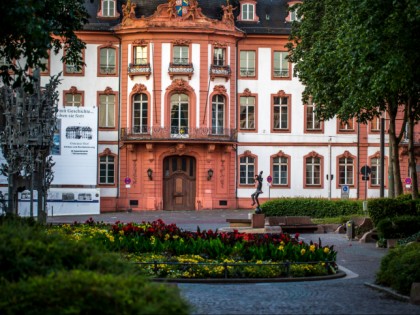



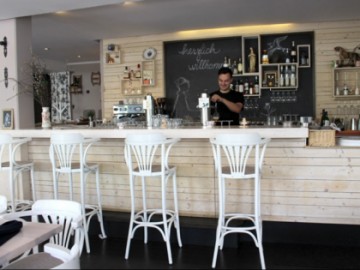
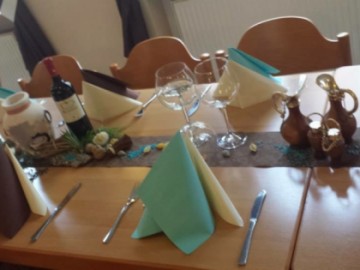
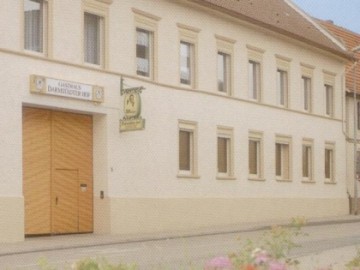
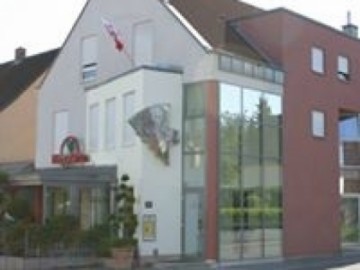
 Castles, Fortresses and Palaces
Castles, Fortresses and Palaces
 Parks and recreation
Parks and recreation
 Museums and Exhibitions
Museums and Exhibitions
 Architectural Monuments
Architectural Monuments